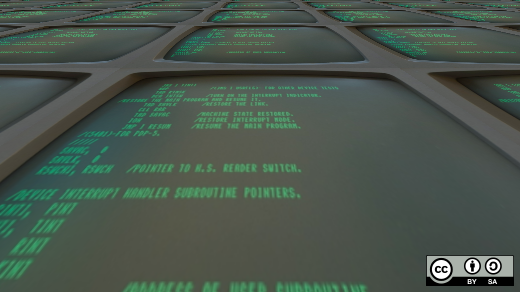
Use a shell script action in an Automator workflow on Mac. You can extend the power of Automator on Mac by using shell commands within a workflow. For example, you can string several bash shell commands together to perform complex tasks, and then pass the results to a window. A shell is a command-line interpreter and typical operations performed by shell scripts include file manipulation, program execution, and printing text. Extended Shell Scripts. Shell scripts have several required constructs that tell the shell environment what to do and when to do it. Of course, most scripts are more complex than the above one.
Fostering innovative and open methods and tools in the classroom and beyond.
Expanding the scope and impact of traditional and digital humanities for the contemporary world.
Thinking critically about the role and design of technology, data and the social sciences in our lives and learning.
Promoting openness, access, and diversity in technology, and education in service of an equitable society.
Promoting change in schools, museums, libraries, and other organizations.
Advocating for new forms of scholarly communications, including blogging, multimedia, open publishing, and academic journals and presses.

Terminal User Guide
Useful Shell Scripts For Mac
Instead of entering commands and waiting for a response, you can compose shell scripts that run without direct interaction.

A shell script is a text file that contains one or more UNIX commands. You run a shell script to perform commands you might otherwise enter at the command line.
Shell scripts are useful because you can combine many common tasks into one script, saving you time and possible errors when performing similar tasks over and over. You can also automate shell scripts using tools such as launchd or Apple Remote Desktop.
A shell script begins with a character combination that identifies it as a shell script—specifically the characters # and ! (together called a shebang) followed by a reference to the shell the script should be run with. For example, here’s the first line of a shell script that would be run with sh:
You should document your shell scripts with comments. To add a comment, start the line with the number sign (#). Every line of a comment needs to begin with the number sign:
#This program returns the#contents of my Home folderYou can put blank lines in a shell script to help visually distinguish different sections of the script.
Terminal Script Mac
You use the chmod tool to indicate that the text file is executable (that is, its contents can run as a program). See Make a file executable in Terminal on Mac.
Mac Shell Script Tutorial
For information about how to write shell scripts, see the Shell Scripting Primer on the Apple Developer Connection website.